Are you feeling the heat this summer and looking for a way to keep your home cool? You may want to upgrade your home’s decor and add a functional accent piece to your ceiling. If so, a ceiling fan might be just what you need!
But before you rush off to the hardware store, you may wonder whether you can mount a ceiling fan directly to a joist.
It’s a common question that many homeowners have, and for a good reason: mounting a ceiling fan to a joist might seem like a simple installation method. But it is easier said than done.
This article will explore the pros and cons of mounting a ceiling fan directly to a joist and provide some helpful installation tips.
Whether you’re a seasoned DIY enthusiast or a curious homeowner, get ready to learn everything you need to know about installing a ceiling fan.
There is no way to mount ceiling fans directly to joists. It is necessary to use a junction box to protect the wires and make the connection point sturdy. Per the National Electrical Code, ceiling fans must be fitted with junction boxes.
Choosing Where To Install Your Ceiling Fan
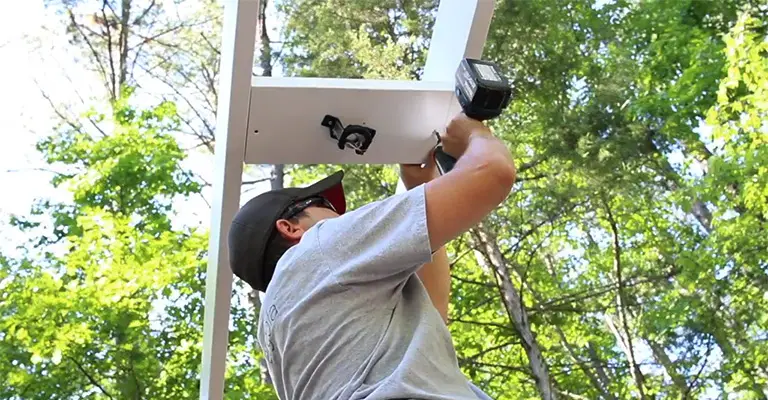
Before you install a ceiling fan, you need to decide where you want it installed and how you will supply power.
You must consider the following factors when installing a new fan, replacing an old one, or retrofitting an old light fixture.
New Fan Installations:
The same options apply for structural support when installing a fan where no fixture exists: either bracket the fan directly to a ceiling joist or install a bar between the joists.
It is more challenging to choose the most effective power supply solution, which typically requires the least amount of drywall cutting.
Those who are familiar with electrical rewiring can route new wiring from any electrical access point in the attic using attic access.
The wiring can be routed from the nearest outlet or switch, typically a wall switch in the room where the fan is being installed if there is no such access.
Often, this will require cutting several small holes in the drywall to route the wiring around corners.
Existing Fans or Retrofit:
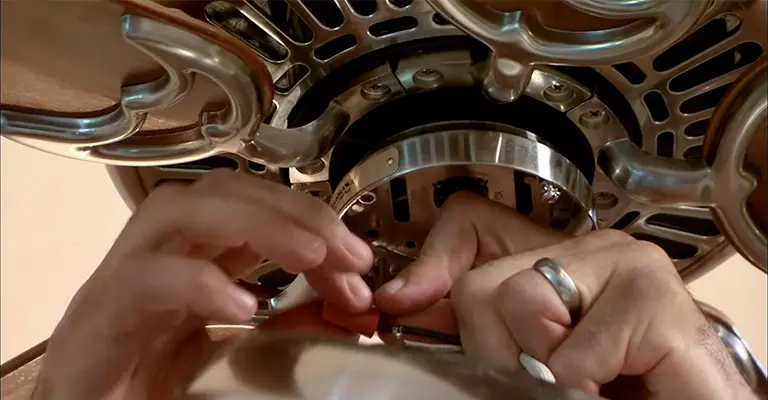
Your choice of where to mount your new fan is easy when replacing an existing fan or light fixture. Ensure you carefully disassemble the fixture, starting with the light bulbs and decorative glass.
After removing the screws that hold the light fixture to the electrical box, disconnect the plastic wiring connectors and remove the entire fixture. Sometimes, the electrical box will be installed directly to the ceiling joists.
In other words, bracketing your fan to the joist will give it the support it needs. In addition to installing the electrical box between two joists, you will also need to install a fan support bar.
Ceiling Fans Need Junction Boxes
The joists cannot be directly mounted to the ceiling fan. To connect the fan mounting bracket with the joist, a junction box, preferably one that is fan-rated, is required. These two main reasons will help you understand why junction boxes are essential:
1. Electrical safety
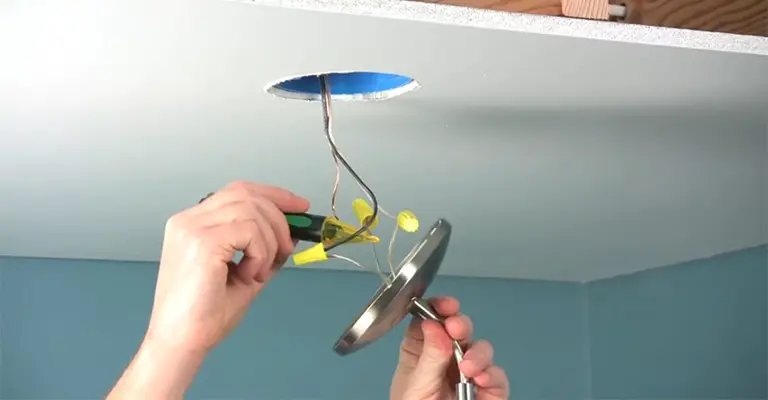
- Following the National Electrical Code (NEC), all electrical wire connections should be enclosed in junction boxes.
- Safety is the reason for the NEC, so we can assume that this regulation is intended to ensure safe electrical installations.
- Basically, junction boxes function as protective casings. In some cases, they can perform the following functions:
- Physical damage cannot occur to the wires because they are protected.
- When accidental contact is made with live wires and terminals, they prevent electrical shocks.
- Their purpose is to prevent fires caused by short circuits.
- Ensures easy access to wiring.
2. Mechanical Support
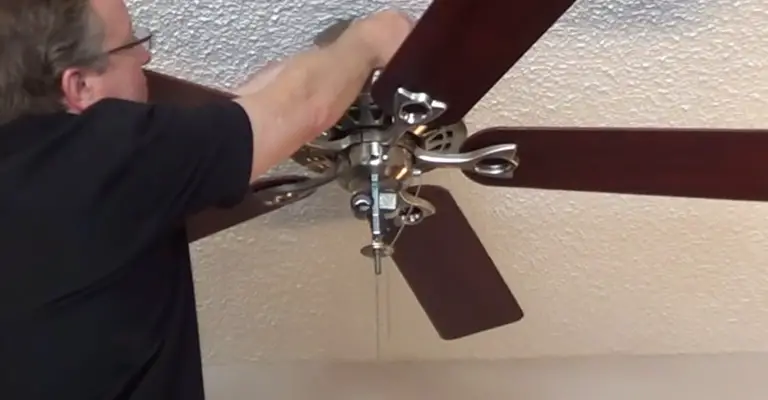
Especially since ceiling boards are often constructed from drywall, ceiling fans are heavy items to suspend from a ceiling. There is no need for a spinning fan, just a few small lights.
There is a much greater degree of security in the connection between the mounting bracket and junction box than in the connection between the mounting bracket and the joist.
Due to the weight of the fan, the junction box itself is designed and constructed to not bend or break.
Joist Support Is Still Necessary
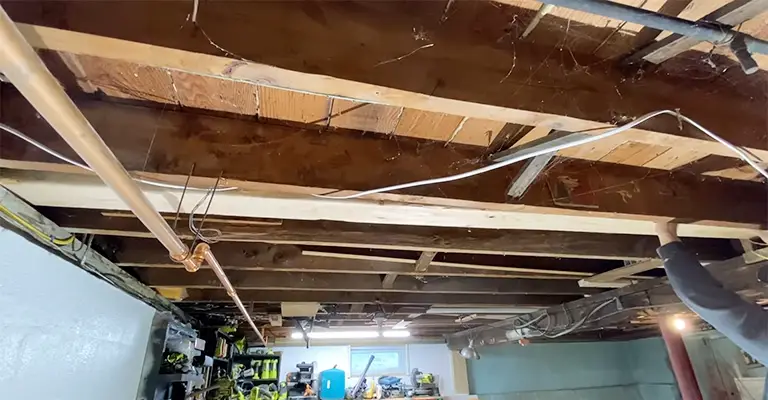
To function correctly, ceiling fans must be mounted on a surface that can handle not only their weight but also the vibrations and pressure they cause when in operation. To keep an individual fan in good working condition, ceiling fans shouldn’t be mounted directly on drywall or other ceiling materials.
A ceiling fan’s weight can only be supported by joists, the only structural component that endures the weight. Therefore, you should support your ceiling fan with joists. When a fan is installed without joist support, it becomes vulnerable to several problems, such as:
- The absence of joist support can cause a wobbly fan.
- An unbalanced fan would be due to the absence of a secure mounting surface.
- It can be noisy and challenging for the motor to function due to the fan’s wobbling and imbalanced components.
- In some cases, the fan can come loose from the joist.
Choosing The Right Junction Box
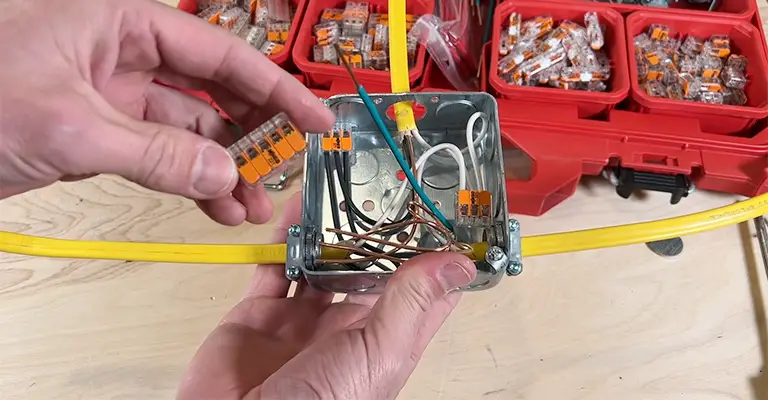
Junction boxes are available in various sizes, shapes, and types. If you want a junction box to be effective, it should suit the fan you intend to install. Before purchasing a junction box for your ceiling fan, you should consider the following.
Shape And Size
There are many shapes of ceiling fan junction boxes, but round and octagonal are the most common.
It comes in different depths, usually from 1/2 inch to 2 inches and 3/4 inch. There are usually two and a half and 3/4″ depth in ceiling fan junction boxes. For both round and octagonal boxes, this depth applies.
Material
Generally, ceiling fan junction boxes are made from metal or reinforced plastic. The metal boxes are typically steel, whereas the plastic ones are made from PVC or fiberglass.
Metal junction boxes are preferred if the ceiling fan is heavy because they are sturdier than plastic boxes.
Weight Rating
Depending on the weight rating of the junction box, it can support a certain amount of weight. There is a range of 12 to 50 pounds of weight for ceiling fans.
Since the fan exerts more pressure while in motion, the junction box should be able to handle more than the actual weight of the fan. By the NEC, fan-rated junction boxes must be used for fans weighing 35 pounds and over.
It is important to use junction boxes specially designed for ceiling fans and heavy light fixtures. Some will support weights as high as 75 lbs., but the minimum weight rating is 50 lbs.
When mounting your ceiling fan, even if it weighs less than 35 pounds, it’s best to use a fan-rated box. Check that the junction box can be used with ceiling fans by ensuring it is UL listed before purchasing.
Design
You can tell whether a particular fan works for your installation by its design. It is possible to find ceiling fan-rated junction boxes in both new and old work designs.
Old work junction boxes are often used when access to a ceiling joist is restricted. The retrofit design allows them to be installed through drywall ceilings.
It is possible to have new work boxes constructed in situations where access to the joists is easy. In new construction, it is usually used where framing is exposed or when the attic is accessible.
Additionally, some boxes are suitable for both old and new work. It is, therefore, important to select the perfect box for the project at hand.
It is also important to consider the joist’s location when choosing. Using direct installation, the box can be attached directly to the joist if the installation hole is below it.
An adjustable brace will, however, be needed if the hole is between the joists. Attached to the brace is the box, which is installed between adjacent joists.
Final Words
Although relatively heavy, ceiling fans have the added force of rotation acting on their mounting point. The safety of ceiling fans, as well as their durability, are dependent on their proper mounting.
In the most common installation, the fan is mounted to a joist with the aid of a junction box. Although the joist stabilizes and supports the fan, the junction box also remains important.







